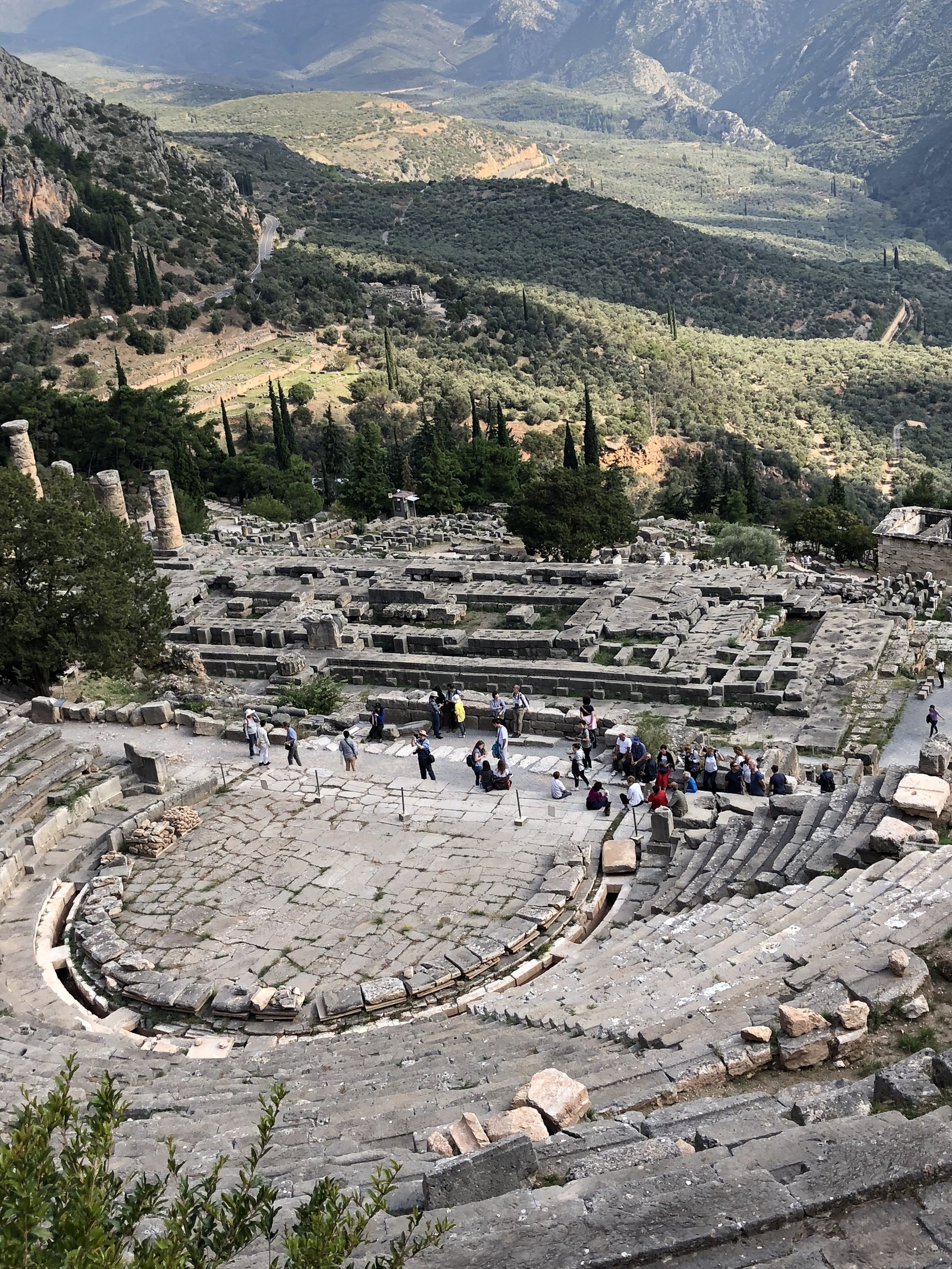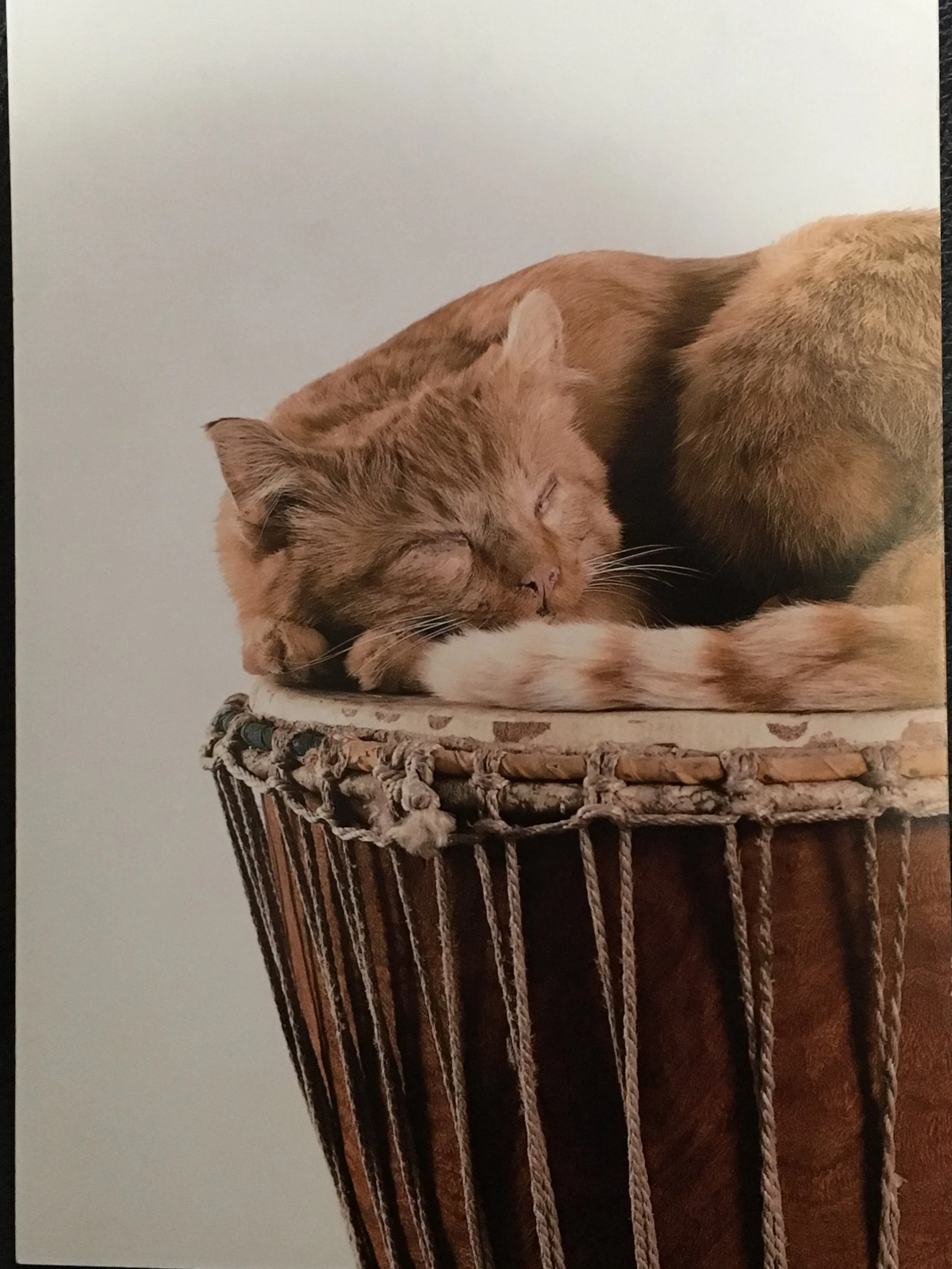There are many possible ways to make a documentary about art and money. One tack might be to focus on the question of art’s value. Where does this value lie? Is art more valuable than a house? Than liberty? A human life? These are interesting questions, but unfortunately, Nathaniel Kahn’s new documentary, The Price of Everything, barely touches on them. Another approach might be to cast a broader net, and discuss blue chip art as one of many models artists have of making money off their work: regional artists selling to a local market, performance artists living off commission, workaday artists making souvenirs for tourists. These lives are interesting too, but Kahn’s documentary makes no mention of them. One could even make a comparative study of the few activities that receive market attention versus the many that have been practiced and continue to be practiced with no relation to markets at all: hobbies, cave paintings, ritual objects, outsider and underground art, decorative doodles in the margins of notebooks. This would be a fascinating typology, but unfortunately, Kahn’s documentary does not attempt it.
Read MoreSally Field is a terrific writer, and I can’t say that I’m completely surprised: She’s been giving stunning, emotionally complex performances for nearly fifty years. Released this past September by Grand Central Publishing, In Pieces is a lengthy read — nearly 400 pages — but I could not put it down until I was finished. I loved this book. Field worked on it for seven years and it shows; this is no run-of-the-mill celebrity memoir. It is the story of an emotionally complex woman’s life, warts and all.
Read MoreI remember when we woke together in the ancient streets of Spain
I remember I felt a strong shiver which could heal any pain
when the fantastic windows whispered in my ears " hello "
I couldn't dare to reply
I thought that voice came from my fellow
so I began to spy
Read MoreWritten by Hilton Als and originally published in The New Yorker:
I am writing this a day after my favorite sister’s birthday. She was very dear to me. She would have been sixty-nine this fall. She died two years ago, another casualty of M.S. and poor-black-girl-in-America life. My sister’s absence became even more pronounced for me when the poet, playwright, and author Ntozake Shange died on October 27th. Shange was just seventy when she passed and had been living in an assisted-care facility in Maryland. When my sister died, she had been living in an assisted-care facility in Brooklyn. My sister’s birthday, Shange’s death—each consumed me and left me sitting in the middle of a kind of loneliness which I do not want to bear but had to bear, because I wanted to tell you something about these women, their strengths and weaknesses, and the profound effect that each had on my life and my consciousness, as a writer and a feminist.
Read MoreYou can see/feel/experience this work by LaMont Hamilton at The Drawing Center in SoHo.
Read MoreIn 2012, Hank Willis Thomas saw a poster of Norman Rockwell’s painting of a family seated around a holiday table, the matriarch presenting a turkey to her guests. For Mr. Thomas, a 42-year-old black artist raised in Manhattan, the pale complexions in Mr. Rockwell’s 1943 masterpiece did little to represent his experience of a diverse America. So he decided to create a tableau of his own.
Read the full article by Laura M. Holson here.
Read MoreHow do you tread on a Tiger’s tail ?
Baby.. we are jealous, her exciting voice and outcry
Gave us new understandings for sharp color, real color
Read MoreBimbo Rivas mosaic at Two Boots Pizza in the East Village.
Read MoreWhen I first entered this exhibit, I knew only bits and pieces of Whitten’s work - namely, his use of a “developer”, a handmade canvas-sized squeegee contraption that allowed him to make a painting in a manner of seconds. His developer paintings were on display, as were his homages, and sculpture from throughout his career.
Read More"Whosoever kills a human being … it is as if he has killed all of mankind, and of he saves a human being, he has saved all of mankind." (Quran 5:32)
Read MoreThe only genuine theosophy is one wherein participants contribute toward the upgrading of three creature world so that it more closely approximates a world where no theodicy is necessary. The only genuine theodicy is one wherein one creates out of our “best of all possibility worlds" an even better world.
Read MoreNick Cave and the Bad Seeds’ nearly-packed show at Barclays Center on Friday, October 26th was electric. It was deafeningly loud and Nick was on fire, as per usual. It was more of an experience than anything else: I gritted my teeth and applauded until my hands tingled. Tall and thin with jet black hair and dressed in a fitted black suit, resembling a debonair villain of the Old West, Cave looks like an icon. Barclays is huge: It seats 19,000, and except for the rafter seats, the venue looked mostly full. These kinds of arena shows are new for Nick Cave in North America; at age 61, his fame and his audience keep growing. There are no gimmicky stage antics, just pure heart and emotion, running the gambit from sweetness to terror. The band played mostly hard rock, but Nick also sang some piano ballads like “The Ship Song” and “Into my Arms.” The emotion of the latter was breathtaking; Nick’s striking blue eyes tearing up as he sang. I was engaged on every level, even though I was seated some distance from the stage: There were two huge screens with exquisite black and white clarity so that even those sitting in the rafter seats were connected on an intimate level.
Read More"Heylo hello hey hi hiya my love"
I had a Brother once
And maybe I lost him
In Hallways of your Soul
XYK repeating, replicating the shattered bits of his refracted nullity, the shadow of his elemental hatred sombresaulting up from the endless slurry of his hatchery, where he fluffs the nearly hairless balls of his projective fantasies, cross breeds a sickly effluent with it's cousins, lies and slander, takes the broken offspring of this noxious union and remates it
Read MoreIn The Great Derangement: Climate Change and The Unthinkable Amitav Ghosh sets out to comprehend our collective failure to deal with climate change. A surpassingly urgent question if the climate-stable Holocene that has cradled our civilized existence is truly at an end - and a turbulent human-driven geologic epoch, the Anthropocene, is now at hand. Ghosh takes as given that this newly proposed epoch is settled science, and while it remains contested, its markers are already real enough. They include radioactive debris and other forms of human pollution, species invasion and mass extinction, shifting weather patterns and accelerating planetary warming at a rate unlike anything observed in the previous 12,000-year geologic interval. We would add to this list the human elements that are the stuff of today’s headlines: climate refugees disrupting the world’s political orders, sparing no nation, including the USA, as caravans of the dispossessed head north.
Read MoreWhen it comes to Jazz
As David Hammons would have it
The question becomes -
Who’s the cat on the drums?
Read MoreJoin us in remembering Ntozake Shange sista poet, friend, mentor, teacher, Black feminist Obie Award winning playwright, activist and daughter of the African Diaspora who wrote and actively fought for Black women and all women of color, for Black liberation and the freedom, humanity and unity of all the children of the AfroDiaspora. Bring something for the community altar, and your love for Zake, who is soaring now in all the rainbows she conjured. We celebrate her life, her work and what she stood for!
Wed, Nov 7 at the National Black Theater. 7pm. Free to the public.
Read More
In the wake of #MeToo, how should we consider the art of those accused of reprehensible acts? Should their actions affect how we see their work? Should it color our reasons for engaging with it? As part of PEN America’s Conversations of Consequence event series, Deborah Solomon, A. O. Scott, Tanya Selvaratnam, and Maggie Mustard discussed the issues surrounding power, spectatorship, violence, gender, labor, and media consumption.
Read More



















